

To take this a step forward, we have created our own "awards" programs (they're just for fun - mostly😜) and when we do an activation we send our logs (the list of people we contacted) to the group that organizes the programs (there are several.) Our logs get dumped into a database, compared for some basic validation, and then we can get fancy awards, like our name on a website, or a pretty certificate to hang on the wall (remember, it's just for fun and bragging rights!)



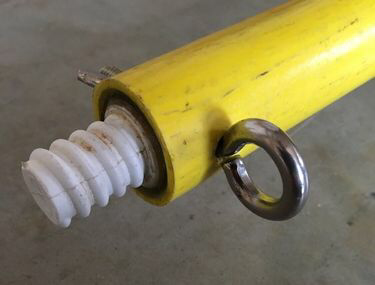
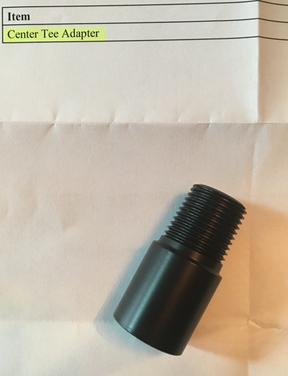

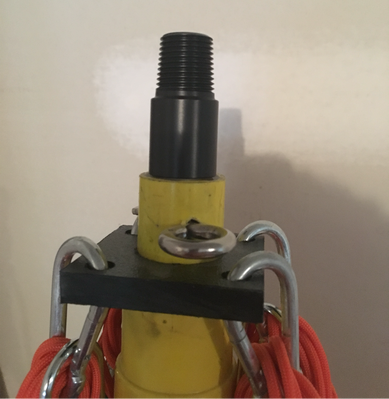
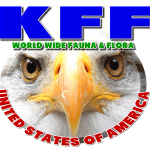

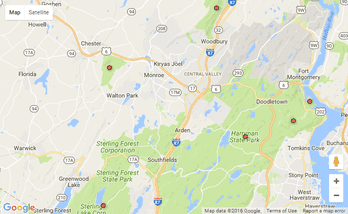

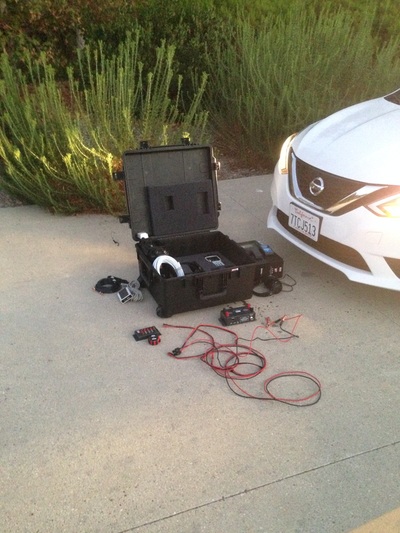
 RSS Feed
RSS Feed



